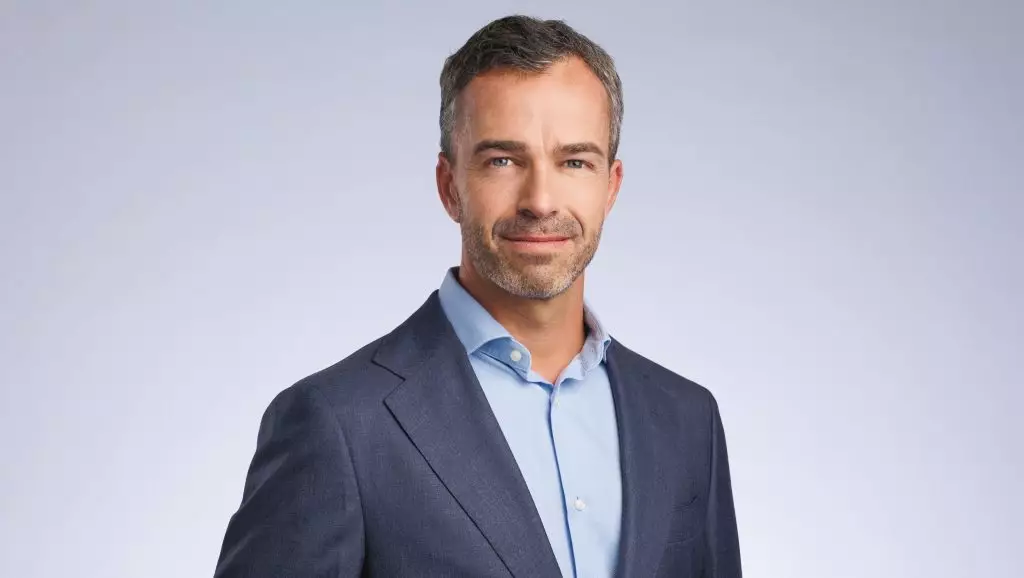In an era where media giants scramble to secure dominance across global markets, Disney’s recent strategic hiring of Netflix executive Tony Zameczkowski epitomizes the industry’s paradox: a desire for innovation masked by an overreliance on familiar faces. While on the surface this move appears to be a calculated effort to bolster Disney’s streaming ambitions across Asia Pacific, it actually reveals a broader tendency within the entertainment industry—blind confidence in a linear path of growth based on past successes. Bringing someone with Zameczkowski’s extensive experience from Netflix and YouTube into a Disney leadership position undeniably seems promising. Yet, it also highlights a critical flaw—an overestimation of tried-and-true corporate strategies rather than authentic adaptation to the seismic changes reshaping consumer habits and content consumption.
This hire exemplifies a core issue: a reliance on conventional authority figures who push incremental growth rather than fostering genuinely innovative narratives or business models. Disney’s assumption that a seasoned executive from Netflix—whose core philosophy often prioritizes binge-watching and algorithm-driven recommendations—will seamlessly translate that understanding into Disney’s uniquely diverse and complex Asian markets is questionable. What Disney seems to overlook or underestimate is that the global media landscape is no longer a simple race to secure market share through expansion and acquisitions. Instead, it calls for a fundamental reevaluation of how brands connect ethically and meaningfully with increasingly discerning audiences.
The Fallacies of Market Expansion and the Mirage of Growth
The strategic focus on enlarging Disney’s streaming footprint in Asia Pacific betrays a broader misconception endemic among media conglomerates: that size alone guarantees relevance or resilience. Zameczkowski’s appointment might be justified by his track record of managing partnerships and establishing YouTube’s music sector, but what it misses is the creative core of media—authentic storytelling that resonates. Growth driven solely by new territories or aggressive investment in infrastructure often sidesteps the ongoing cultural shifts that demand more than just a bigger slice of the pie.
The problem with this approach is not only its short-sightedness but also its insincerity. Disney’s push in APAC echoes a desperate attempt to compete with local streaming services and international giants alike without addressing foundational issues: cultural authenticity, diverse representation, and genuinely innovative content that reflects regional realities. The assumption that an executive accustomed to Netflix’s data-driven, mass-market tactics can innovate in a multicultural environment is naïve at best. What’s missing is a nuanced understanding that successful expansion requires openness to local voices, not merely strategic repositioning of Western-centric models.
The Illusory Promise of Corporate Agility
In many ways, Disney’s manoeuvres reveal a broader industry illusion—that of corporate agility—that often masks pervasive complacency. The hiring of an outsider like Zameczkowski is presented as a move toward innovation, but it could just as easily be a sign of hesitation. Instead of pioneering new forms of storytelling, Disney appears increasingly tied to its logos, its brand legacy, and old-fashioned notions of market dominance. The notion that simply expanding its global reach with familiar leadership will keep it relevant ignores the deeper cultural and technological revolutions occurring around them.
This pattern exemplifies a troubling trend: companies believing they can maintain their relevance solely through strategic alliances and executive shuffle rather than fostering genuine creative disruption. Meanwhile, audiences are evolving rapidly—demanding more nuanced, locally-themed, socially conscious content. Disney’s current approach seems more concerned with safeguarding its existing empire than with daring to redefine what entertainment can be. In this light, the appointment of a Netflix veteran looks like an attempt to retrofit old strategies onto a landscape that desperately needs fresh, diverse voices and bold innovation.
Challenging the Myths of Corporate Reinvention
The entertainment industry’s obsession with growth, expansion, and strategic hiring often clouds the reality: these are not guarantees of relevance. Disney’s decision to embed executives from streaming giants illustrates a willingness to double down on comfort zones rather than leap into the uncertain but potentially transformative future of media. This shows a fundamental misjudgment—believing that the same tactics that refreshed Netflix or YouTube can be directly transplanted to Disney’s complex brand, with its legacy and cultural baggage.
The truth is, meaningful progress arises from failing boldly and listening intently—traits notably absent from many corporate boardrooms. Disney’s strategy, in this context, feels more like trying to patch an ailing ship with familiar tools rather than redesigning it from the keel up. The danger lies in the belief that size, familiarity, and strategic mergers will shield the company from the inevitable tide of change that is reshaping society’s relationship with stories and entertainment. The real challenge lies not in hiring executives with a proven track record in past paradigms but in cultivating a culture of genuine innovation and cultural sensitivity—something Disney seems to be increasingly distant from.
This move points to a larger industry truth: progress is often an illusion constructed by superficial measures. As Disney’s leadership leans on familiar faces to navigate unfamiliar waters, it becomes clear that current strategies are short-term fixes rather than sustainable, transformative paths. The future will favor those willing to abandon their comfort zones altogether, not those doubling down on old formulas dressed in new titles.


Leave a Reply